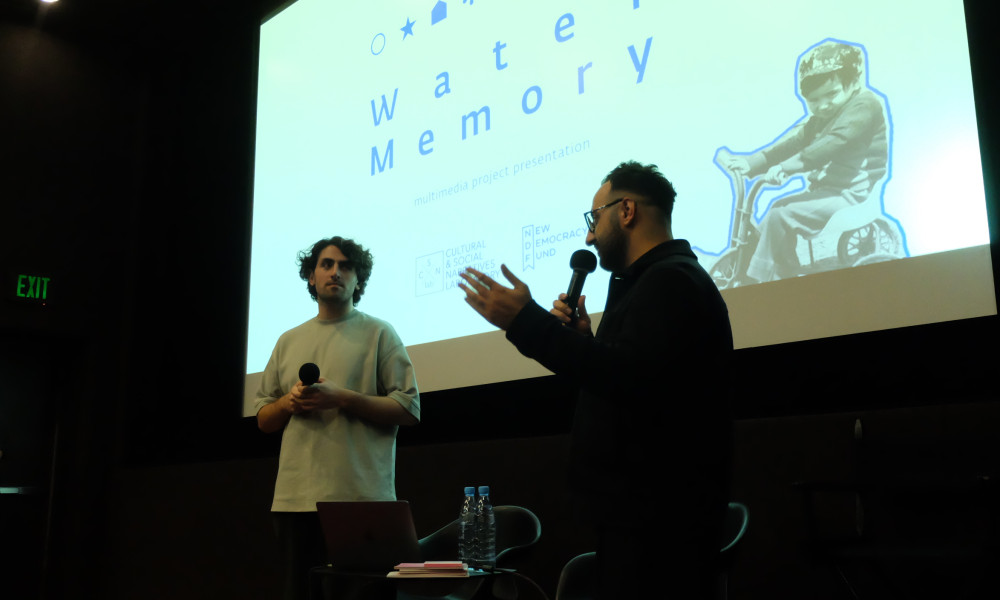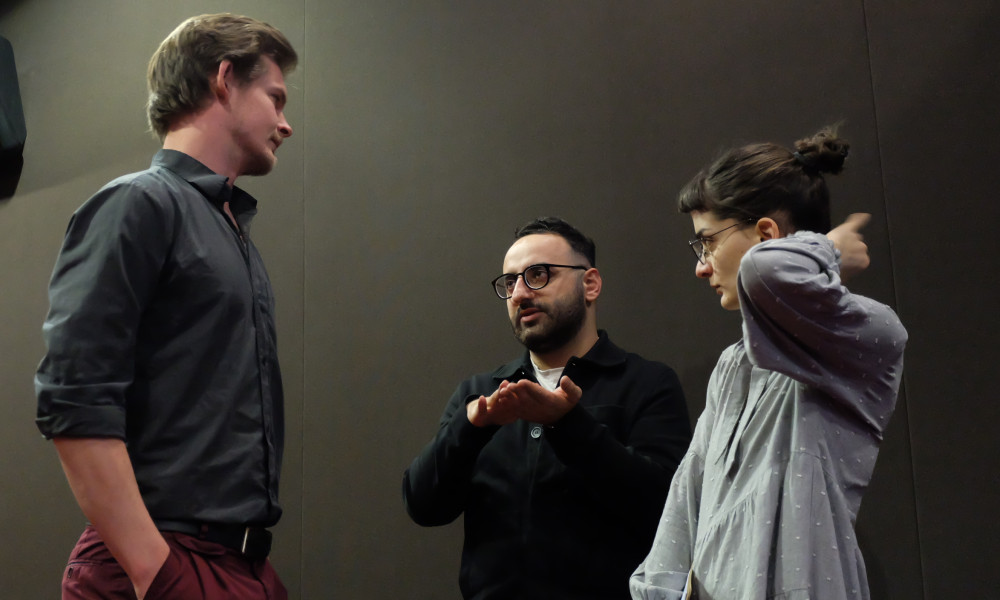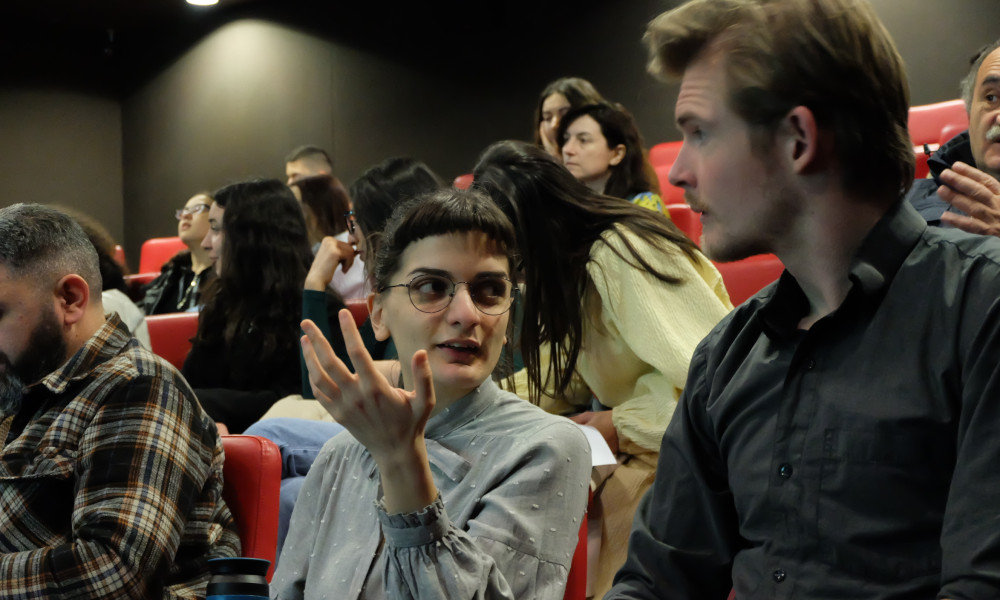A few days ago, the presentation of the "Kechut: Memory Under the Water" project was held, marking the culmination of a year-long hard work of researchers, anthropologists, architects, and other professionals. This endeavour stands to complement the CSN Lab's ongoing series of research projects focused on memory studies and memory activism.
In the framework of the presentation, the authors of the project provided a concise overview of the CSN Lab's activities, outlining its primary directions and objectives, with a particular focus on those related to memory studies and memory activism. Afterwards, they shared the final outcome of the "Kechut: Memory Under the Water'' project — a thematic multimedia website. Later on, the representatives of the research team elaborated on various aspects of the project including the concept idea, the reasons behind opting for the web format, applied methodology, distinctive features, as well as challenges which appeared during the implementation of the project. They particularly emphasised the significance of decentralising memory studies and underscored the pressing need to reinterpreting prevailing discourses surrounding the natural environment.

During the event, the team of the project delved into the Soviet Union's discourse on the environment, highlighting its destructive impact and the extensive nature transformation projects that occurred. Precisely, the cases of the settlements which submerged as a result of the reservoir construction in Armenia were discussed, shedding light on the accompanying loss of cultural heritage.
Arsen Abrahamyan, the co-author of the project, discussed the difficulties encountered during the construction of the Kechut reservoir and the crises arising from the forced displacement and resettlement of the people of Kechut. Primarily, the authors of the project emphasised the complex and multilayered story of the old Kechut village's submersion and the trauma experienced by its forcibly displaced residents. They delved into the problematic processes involved in the resettlement of the community, highlighting the repressive practices of the Soviet Union towards nature, urban environments, architectural heritage, as well as the identity and memory of local people communities.
While addressing the community's collective trauma resulting from forced displacement and ecomigration, curator of the project Tigran Amiryan discussed the memory structure of the people of Kechut, emphasising the practices of preserving the memory of old Kechut, as well as individual and collective efforts in the direction of documenting their past. In addition, the modernist architecture of Jermuk and Kechut was discussed, as symbols portraying the "victorious" Soviet ideals and ideologies.
Taking into account the exceptional scenario where the community of old Kechut village, unlike typical cases of ecomigration, remains in the immediate vicinity of their former houses, and thus facing the monument of their traumatic past on a daily basis, the presentation extensively explored the nuances of the Kechut’s case.
The main stage of the event was followed by an active Q&A session and discussion focused on the current challenges and issues related to the transformation of nature and the establishment of water infrastructures.
At the end of the event, the CSN Lab shared a link to the bilingual webpage, ensuring its accessibility to a diverse audience, including the people of Kechut to whose village and memory the “Kechut: Memory Under the Water” project is dedicated.
The “Kechut: Memory Under the Water” project is supported by the Danish Cultural Institute (DCI) in the framework of the “New Democracy Fund” (NDF) project.





